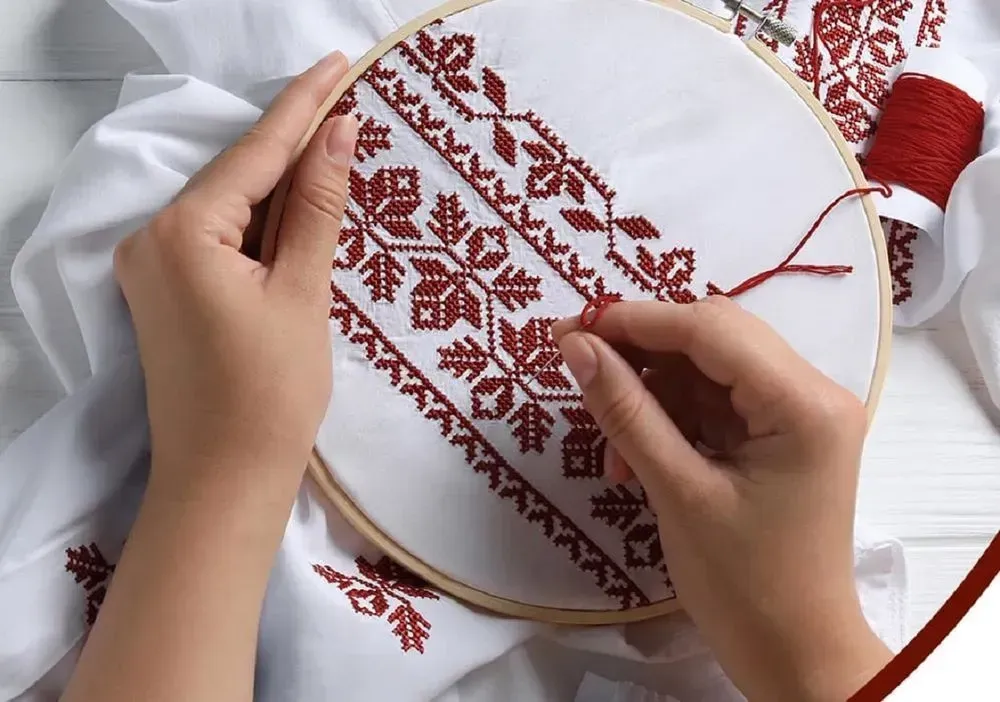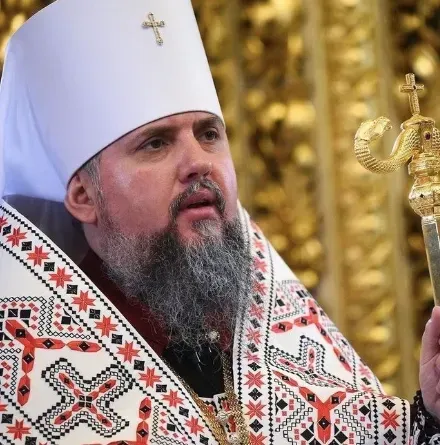OCU tells what symbols clergy's embroidered shirts have
Kyiv • UNN
The Ukrainian Orthodox Church explains the symbolism of the colors, patterns, and elements of priestly vestments, where each detail has its own meaning rooted in tradition and represents concepts such as the Holy Trinity, Christ's faith, and divine wisdom.

Clergy vestments have their own tradition and can tell a lot. On Vyshyvanka Day, the Orthodox Church of Ukraine spoke about the importance of choosing an embroidered vestment and what clergy wear on holidays. This was reported by UNN and with reference to the press service of the OCU.
Details
The OCU noted that each clergyman's clothing has its own symbolic meaning. The outer garments (vestments or felons) do not belong to worldly fashion and do not change under its influence. Such a vestment must comply with the canons of the church, as it symbolizes the purple robe in which Christ was clothed by the soldiers, and in the spiritual sense means "the robe of truth."
There are festive and everyday vestments. Particularly elegant, as noted, are festive vestments created especially for festive services, embroidered with gold or silver threads, various patterns and techniques.
The most popular ornaments for vestments are geometric, floral, and floral. Lurex, silk and metallized threads are also used for decoration.
The OCU said that in the workshop at St. Michael's Monastery, craftswomen work both manually and with the help of automatic equipment. Most often they use elements of traditional Kyiv and Chernihiv embroidery.

"Floral ornaments symbolize life. Squares symbolize perfection, harmony, inner peace. Triangles represent the Holy Trinity, rhombuses - fertile land, prosperity. Crosses of various variations, sizes and frames are a sign of Christ's faith, salvation of the soul, victory over death," the OCU said.
As noted, it is not only the shape of the embroidered patterns that is important, but also the color of the threads. Each color and their combination has its own special meaning.
- White color symbolizes energy, strength, life, spiritual and physical purity, infinity, it is a symbol of God.
- Black is a color of humility, self-denial, and sadness, but at the same time it shades bright colors and balances emotions. In addition, black symbolizes the earth, fertility, prosperity, experience, and wisdom.
- Red is an elegant, bright, expressive color. It is the color of blood, without which the body does not function, it is the color of the family, the continuity of generations, the triumph of life and love.
- The yellow and gold colors symbolize sunlight, heavenly fire, and the radiance of Divine wisdom.
- Blue is the color of vitality, the color of the sky, water, a symbol of boundlessness and tranquility.

According to the Orthodox Church, the color of the clergy's vestments also has its own symbolism: dark for the time of fasting, light for festive occasions. On the Lord's feasts and on Sundays, it is gold or yellow of all shades with patterns of crosses, grapes, or grape leaves. This color symbolizes royal dignity and power.
The white vestments of the clergy are worn during the Sacraments of Baptism, Marriage, Priesthood, and Funeral, as well as at Easter services. On the feasts of the Theotokos, they are blue or blue; the group of feasts in honor of the Cross of the Lord is dark red. On Palm Sunday and on the Green Feasts, they are green, and on the feasts of the martyrs and on the Sundays of Lent, they are red or dark purple.